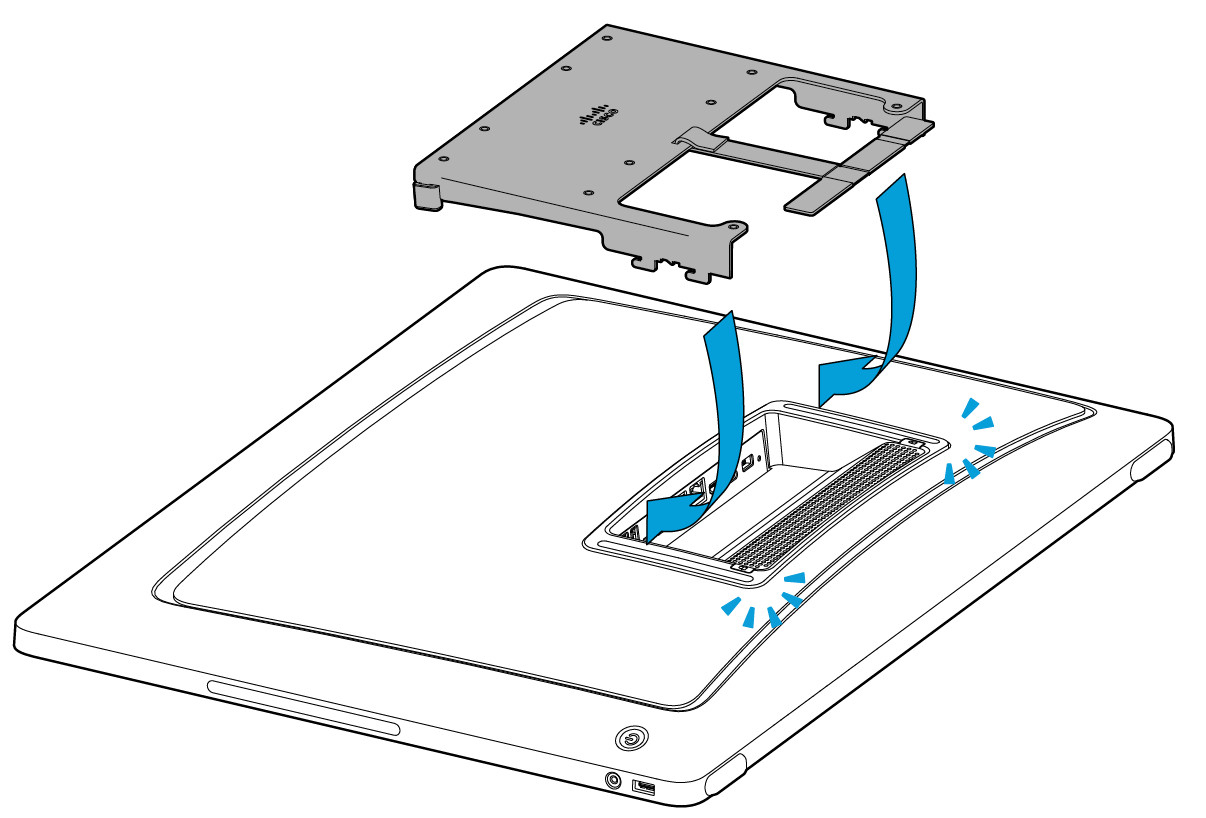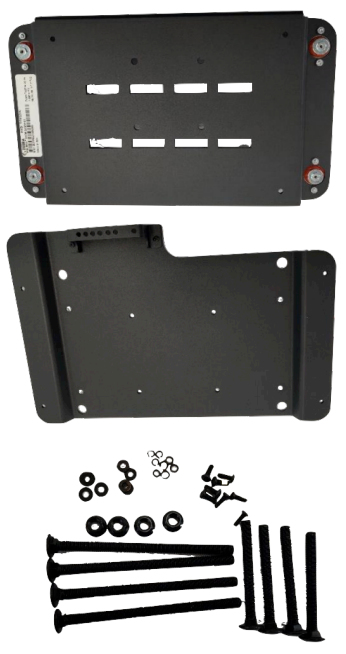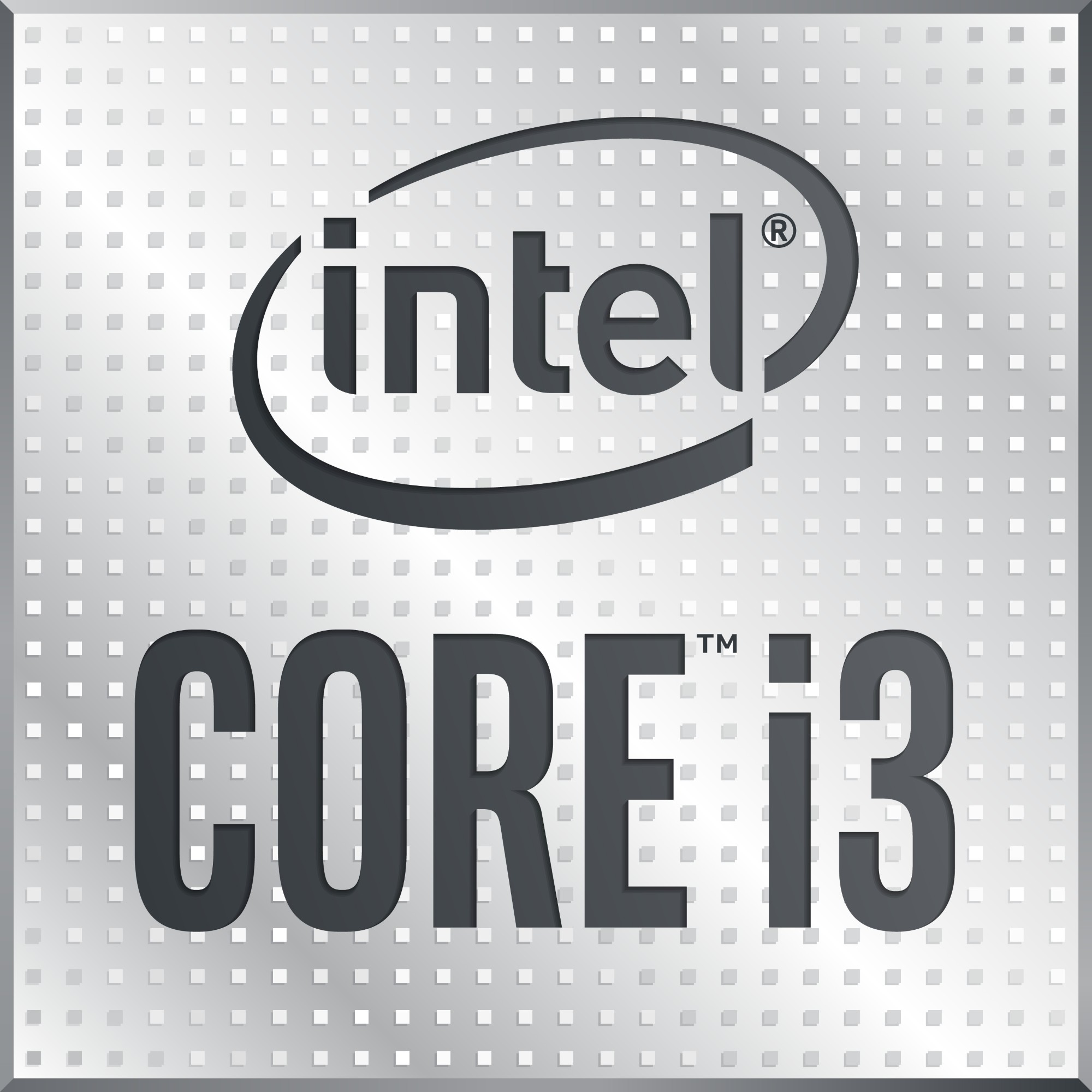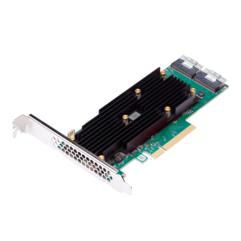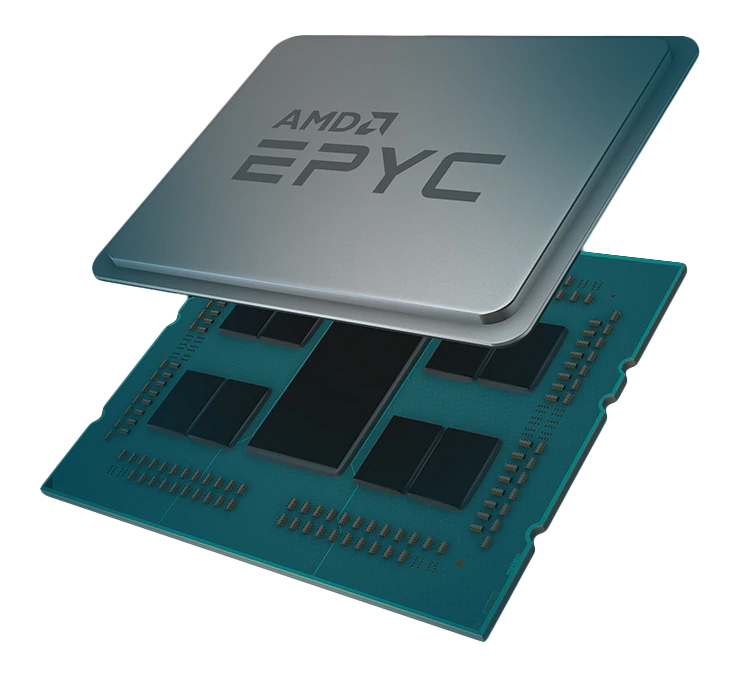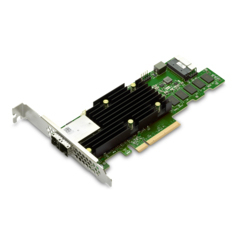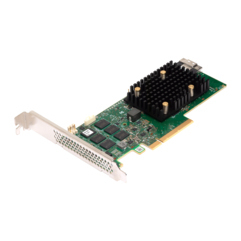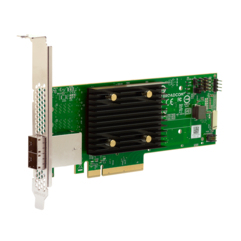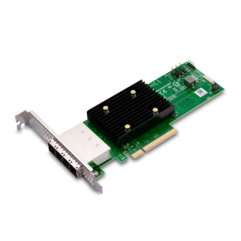Computer Components
3030 –
3040
of
4773
Availability
Sort by
Advance Filters
Cisco
Cisco CS-DESKPRO-VESA= Cisco VESA Adapter and Wall Mount Kit for Desk Pro
Part# CS-DESKPRO-VESA=
SKU S19454
Zebra
Zebra BRKT-FX96-SVMP-01 Zebra BRKT-FX96-SVMP-01 mounting kit
Part# BRKT-FX96-SVMP-01
SKU S19454
Intel
Intel BX8070110100 Intel Core i3-10100 processor 3.6 GHz 6 MB Smart Cache Box
Part# BX8070110100
SKU S19454
Broadcom
Broadcom 05-50077-00 Broadcom MegaRAID 9560-16i RAID controller PCI Express x8 4.0 12 Gbit/s
Part# 05-50077-00
SKU S19454
AMD
AMD 100-000000139 AMD EPYC 7F32 processor 3.7 GHz 128 MB L3
AMD Infinity GuardHelp minimize potential attack surfaces as software is booted, executed, and processes your critical dataAMD Infinity ArchitectureWith architecture, performance, and security leadership, our approach to processor design accelerates the pace of innovation so that you can break through years of data center stagnation.
Part# 100-000000139
SKU S19454
AMD
AMD 100-000000140 AMD EPYC 7F52 processor 3.5 GHz 256 MB L3
AMD Infinity GuardHelp minimize potential attack surfaces as software is booted, executed, and processes your critical dataAMD Infinity ArchitectureWith architecture, performance, and security leadership, our approach to processor design accelerates the pace of innovation so that you can break through years of data center stagnation.
Part# 100-000000140
SKU S19454
Broadcom
Broadcom 05-50076-00 Broadcom 9580-8i8e RAID controller PCI Express x8 4.0 12 Gbit/s
Part# 05-50076-00
SKU S19454
Broadcom
Broadcom 05-50077-01 Broadcom MegaRAID 9560-8i RAID controller PCI Express x8 4.0 12 Gbit/s
Part# 05-50077-01
SKU S19454
Broadcom
Broadcom 05-50075-01 Broadcom HBA 9500-8e interface cards/adapter Internal SAS
Part# 05-50075-01
SKU S19454
Broadcom
Broadcom 05-50075-00 Broadcom HBA 9500-16e interface cards/adapter SAS
Part# 05-50075-00
SKU S19454
Get a Quote

Item(s) added to cart

©2025 IT VISION NETWORKS CANADA INC – All Rights Reserved. BN: 717291223 OCN: 1001150813

 0
0
